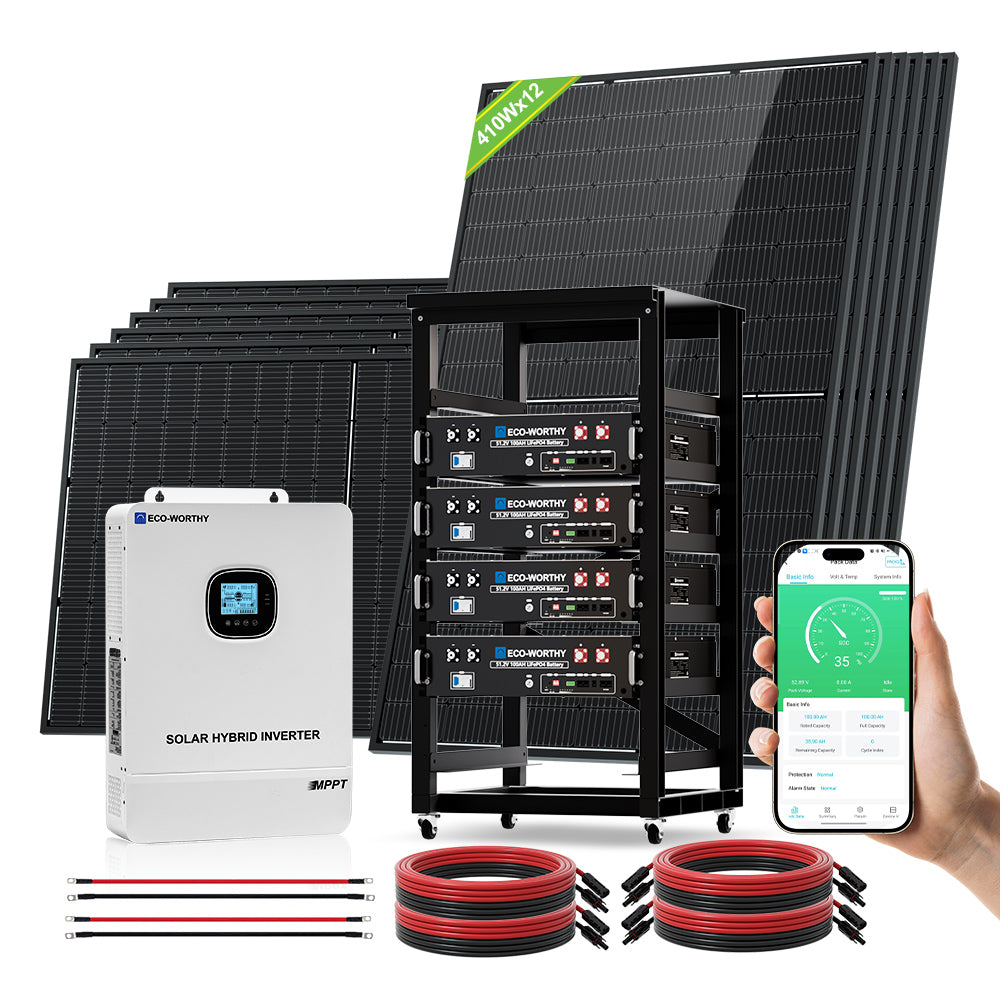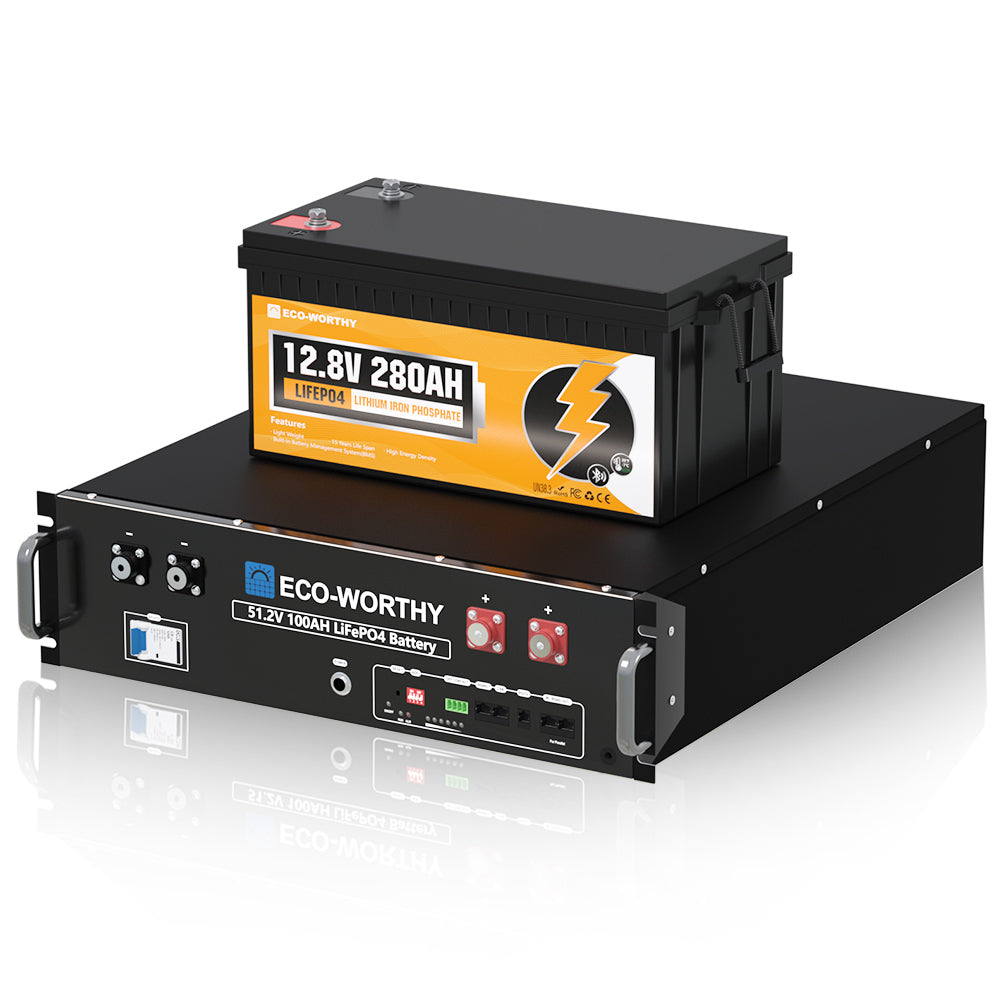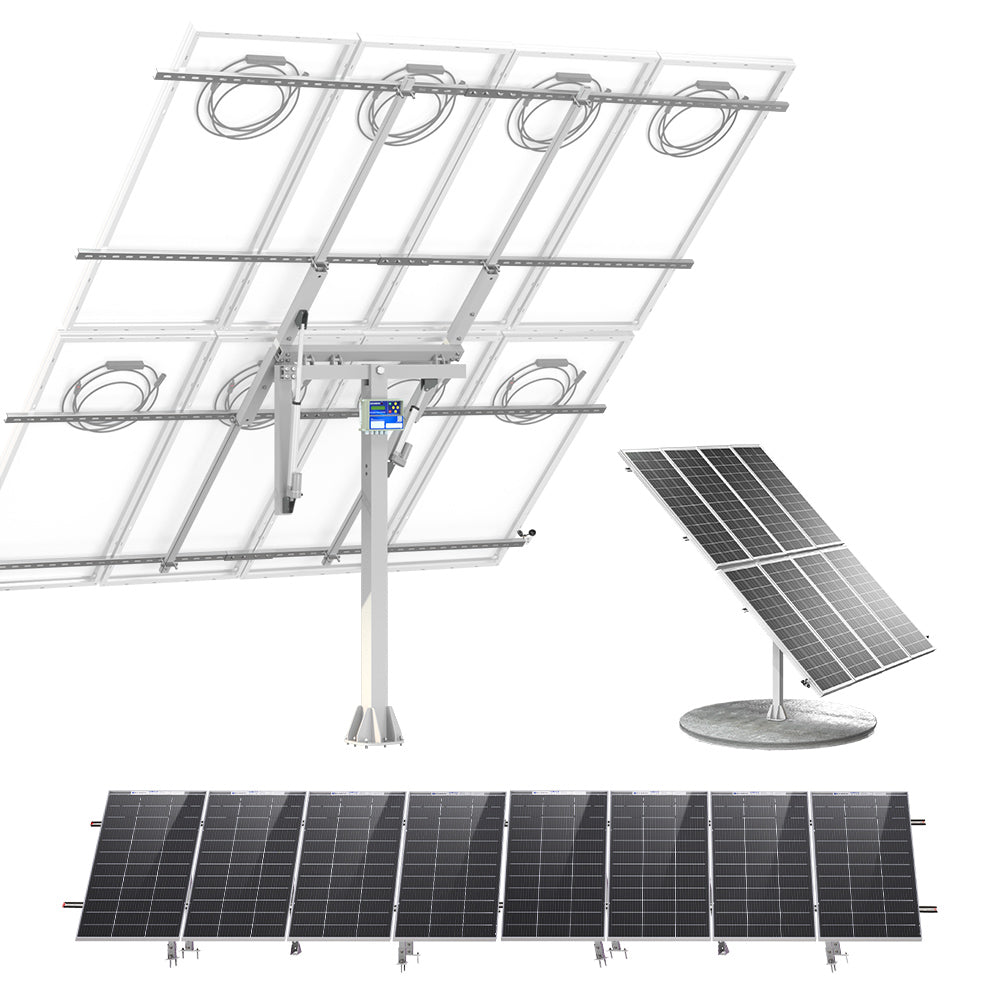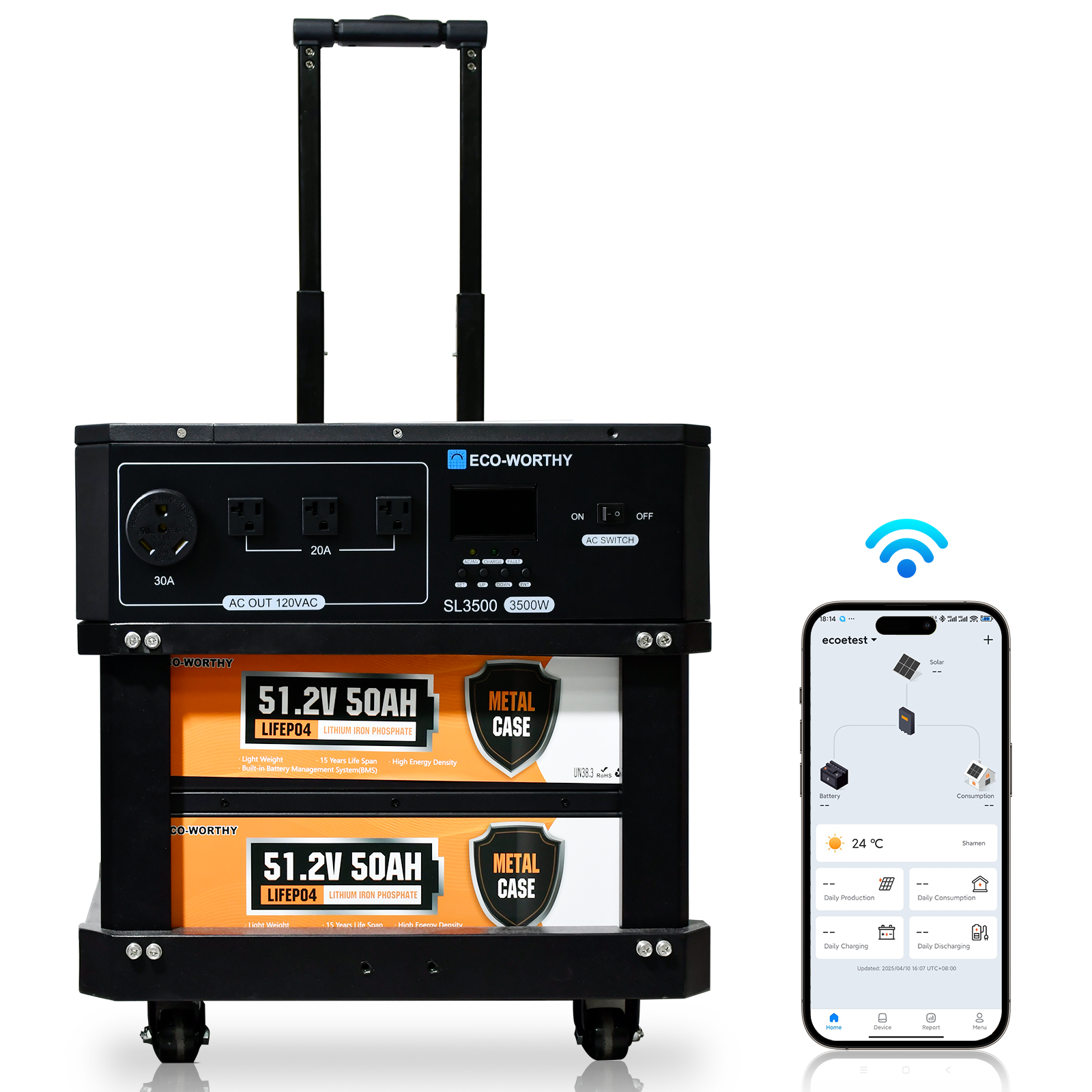
Lithium Battery丨Battery Management System (BMS) Explained
Lithium batteries are very useful and many of the products we use every day are powered by them,like golf carts, power wheels, trolling motor, RV, etc. While, it is difficult to manage the battery because of the complex design. And the its performance will degrade with the frequent use. A battery management system (BMS) can help in this situation. In this Blog, we will introduce the basic knowledge you need to know about BMS.
What is a Battery Management System (BMS)?
BMS is the abbreviation of Battery Management System. It is a battery management device mainly used to monitor, protect and manage the the battery system.It helps improve the safety and effectiveness of the battery by regulating multiple factors such as voltage, current temperature and state of charge. The BMS is made up of many components (sensor, control circuit, microcontroller, communication interface) that work together to control the battery's performance.

(1) Microcontroller
The central processing unit of BMS. It collects data from numerous sensors, and then the internal control program uses this data to operate the battery.
(2) Sensors
Sensors monitor most characteristics of the battery, including voltage, current, temperature, and state of charge.
(3) Switches
Battery switches are used to cut all power from a battery bank and connected loads. They can be used in an malfunctioning or emergency shut down.
(4) Cell Balancer
A cell balancer helps to balance charge and discharge of each battery cell which can extend the battery life span and keep battery in a health state.
(5) Communication Interface (not all BMS have)
BMS can communicate with other devices through communication interfaces, including the car's on-board computer. This interface can provide important diagnostic data about battery status and functionality.
How does BMS work?
(1) Monitor the battery
A BMS may monitor the state of the battery and it triggers a power module shutdown if the data is out of range.Monitoring the voltage of each cell is critical to the health of the battery, and lithium-ion battery BMS usually provides each cell with an operating voltage window in charging and discharging to avoid battery degradation.Because lithium battery cells are very sensitive to overcharging and over-discharging, and cells imbalance can lead to thermal runaway and cells degradation.It will decrease the efficiency and short the life span of the battery. Battery cells' operating voltage is between 2.5V and 4.2V depending on the lithium chemistry used. Running the battery beyond this range will result in a significant reduction in battery life and may even damage the battery.
(2) Protect the battery
A Battery Management System (BMS) can monitor and control the charging and discharging process to ensure that the battery stays within its safe operating range.
Overcharge Protection/Overdischarge Protection
BMS estimates the battery's SOC based on voltage and current measurements. This allows the BMS to predict when the battery has reached its current limit and once the battery voltage is above/below the safe limit, the BMS will limit the discharge current or terminate the discharge.
Overvoltage Protection/Undervoltage Protection:
BMS prevents overvoltage/undervoltage by limiting the charging current or stopping the charging process. When the battery's voltage is higher/lower than the safe voltage, the BMS will shut down the charging circuit to prevent damage to the battery.
Temperature Protection
Overcharge and overdischarge can cause the battery temperature to rise or even cause thermal runaway. BMS helps reduce this risk by monitoring battery temperature and taking action when the temperature exceeds its safe operating range.
(3) Short Circuit Protection
The battery management system (BMS) continuously monitors voltage, current and other parameters to prevent short circuit. Faulty wiring will cause short circuit which poses a significant risk to both the battery and the connected device. And BMS can protect the battery from short circuit.
(4) Balance the battery
Unlike lead-acid, the voltage of a fully charged lithium battery rises quickly. If not controlled in time, it may cause battery degradation. There will be a big perform difference between battery cells which may cause the malfunction within the safe voltage range.
TIPS: Battery Cells Consistency (SOC state of charge)
A good battery pack should look like a neat square in a parade, keeping the same rhythm as it moves forward. For example, during the charging process, the charging of other battery cells in the same battery pack must be stopped immediately once a battery cell is fully charged (reaches 100% capacity). Otherwise the battery will be overcharged and cause irreversible damage.

Gentle Reminder
Although the BMS is designed to keep the battery functioning properly, routine maintenance is still required to extend its life span. Please keep the battery dry and clean, also avoid high temperature and do not overcharge or discharge.













